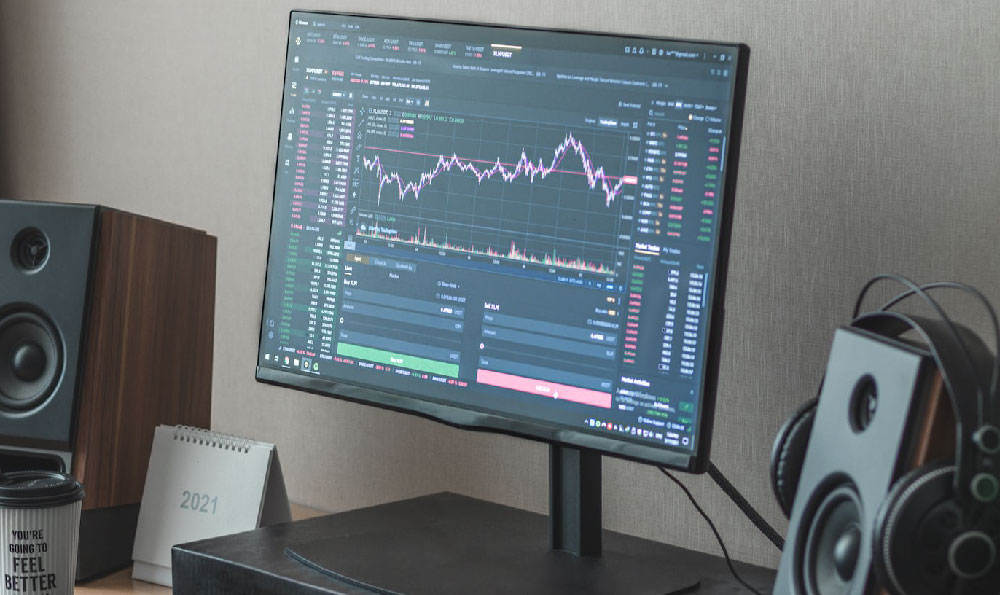DoorDash, a prominent player in the gig economy, offers a flexible way for individuals to earn income through delivery services. The question of how much one can realistically earn on DoorDash is complex, influenced by a multitude of factors. To determine if it's a worthwhile endeavor, one must consider these factors carefully, weighing the potential benefits against the associated costs and risks.
Earnings on DoorDash are not fixed; they fluctuate based on a dynamic interplay of variables. Location is a primary determinant. Densely populated urban areas with a high demand for food delivery generally offer more opportunities and potentially higher pay than smaller towns or rural regions. The time of day also matters significantly. Peak hours, such as lunch and dinner times, typically yield more deliveries and therefore greater earning potential. Weekends, especially Friday and Saturday evenings, often present the most lucrative opportunities due to increased order volume.
Another crucial factor is the efficiency of the Dasher. This encompasses several aspects, including acceptance rate, completion rate, and on-time delivery performance. Dashers who consistently accept orders and complete them promptly tend to receive more offers and are often prioritized by the DoorDash algorithm. Understanding the nuances of the app, such as identifying areas with high order volume and strategically positioning oneself to receive more deliveries, can significantly impact earnings. Furthermore, familiarity with the local area, including shortcuts and efficient routes, enables quicker deliveries and maximizes the number of orders completed within a given timeframe.

Beyond these operational considerations, external factors also play a role. Weather conditions, for instance, can influence both demand and earnings. Inclement weather often leads to a surge in orders as people opt to stay indoors, potentially increasing pay for Dashers willing to brave the elements. Conversely, major events or holidays might impact demand unpredictably. Economic conditions can also exert an influence; during economic downturns, individuals may be more inclined to seek out gig work, increasing the number of Dashers and potentially diluting earning opportunities.
To realistically assess the earning potential of DoorDash, it's essential to consider the expenses involved. The most significant cost is vehicle-related expenses, including gasoline, maintenance, and depreciation. Regular car maintenance, such as oil changes, tire rotations, and brake repairs, is crucial for ensuring vehicle reliability and safety. Fuel costs can vary widely depending on the type of vehicle and driving habits. Depreciation, the gradual decline in the value of the vehicle, is another often-overlooked expense that should be factored into the overall cost analysis.
In addition to vehicle expenses, insurance is another critical consideration. Standard auto insurance policies may not adequately cover delivery driving, and Dashers may need to obtain commercial or rideshare insurance to ensure proper coverage in case of an accident. Health insurance is also an important aspect, as Dashers are typically classified as independent contractors and are responsible for securing their own health coverage. Finally, self-employment taxes, which include Social Security and Medicare taxes, must be accounted for when calculating net earnings.
While DoorDash offers the potential to earn income, it's important to manage expectations and understand the limitations. Earnings are rarely consistent and can vary significantly from week to week. The "be your own boss" flexibility comes with the responsibility of managing one's own schedule, tracking expenses, and paying taxes. It's not a get-rich-quick scheme but rather a way to supplement income or earn a living through diligent effort and strategic planning.
To maximize earnings and minimize risks, Dashers should adopt a proactive approach. This includes meticulously tracking expenses to accurately assess profitability, setting realistic goals based on local market conditions, and continually optimizing their delivery strategies. Utilizing tools like mileage tracking apps can help simplify expense tracking and tax preparation. Staying informed about changes to the DoorDash platform, such as new features or pricing adjustments, is also crucial for adapting to evolving conditions.
Furthermore, it's essential to prioritize safety while driving. Distracted driving, speeding, and neglecting vehicle maintenance can lead to accidents and financial losses. Taking regular breaks to avoid fatigue is also important for maintaining focus and preventing errors. Being aware of surroundings and exercising caution in unfamiliar neighborhoods are essential for personal safety.
In conclusion, the earning potential on DoorDash is highly variable and depends on a complex interplay of factors. While some Dashers may earn a substantial income, others may find the financial rewards less compelling. By carefully considering the costs and risks involved, adopting a strategic approach to delivery, and prioritizing safety, individuals can increase their chances of success and determine if DoorDash is a worthwhile endeavor for their specific circumstances. It requires dedication, strategic thinking, and a realistic understanding of the gig economy landscape to truly thrive as a DoorDash driver. It's not passive income, it's active effort.












